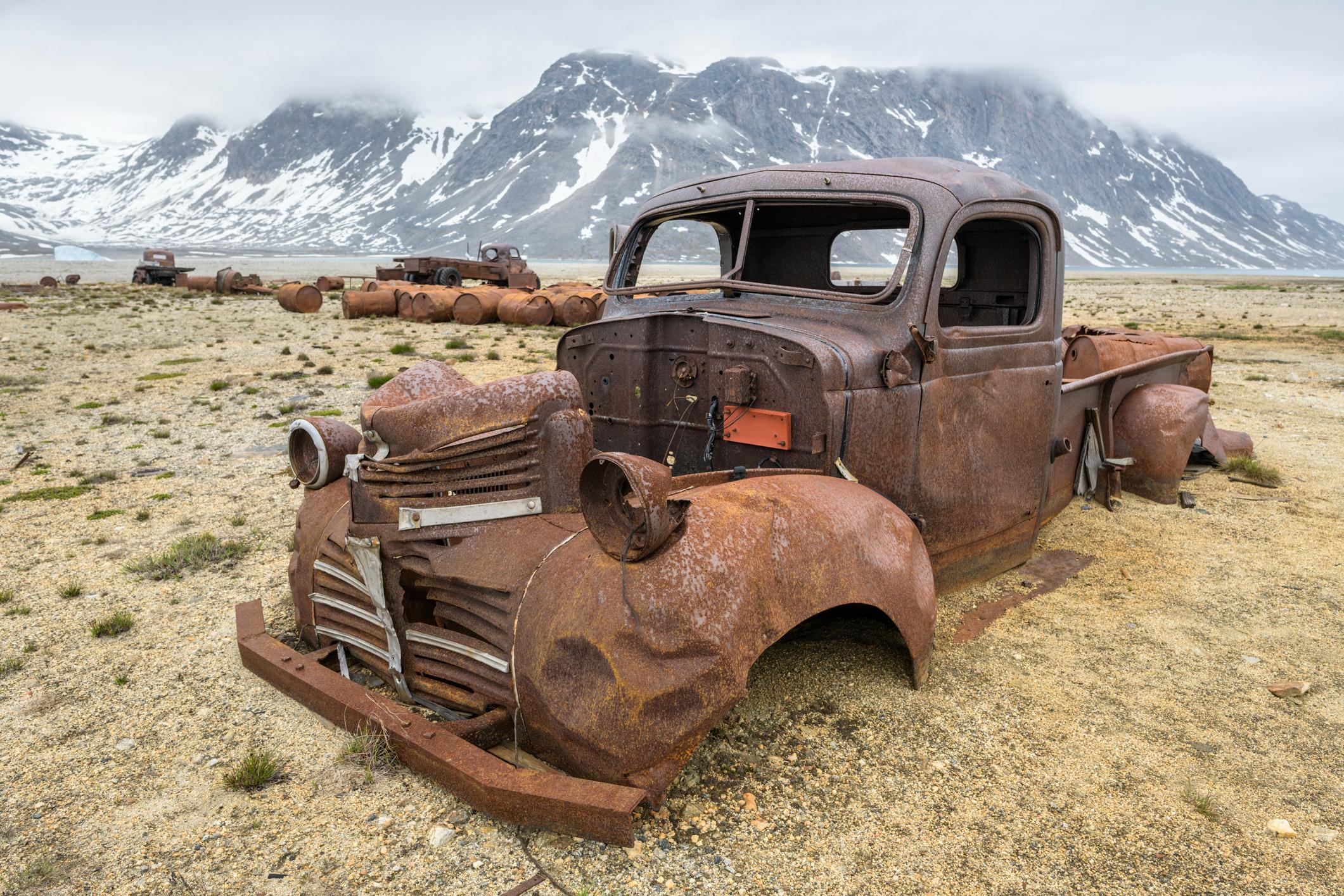Greenland is an island of ghost towns. The abandoned village of Kangeq is perched on an islet in the Nuup Kangerlua fjord. It's a cluster of wooden houses with paint peeling from their once colourful facades. Of caved-in roofs, opening up their interiors to the sky. Inside, cupboards hang open, empty.
Then there’s Bluie East Two, an abandoned American air force base, where the stripped down metal skeletons of cars and trucks are surrounded by granite peaks. Over 10,000 rusted fuel barrels litter the landscape - locals call them ‘American flowers’.
It’s not just these post-apocalyptic visions of modernity that mark the landscape. You’ll also encounter the crumbling stone ruins of Viking houses and farmsteads, the remains of pre-Inuit settlements. And who knows what traces of ancient cultures are frozen within the permafrost.
The reasons why there are so many abandoned places in Greenland are many, and complex. From colonialism to a changing climate, this is what led to the waves of settlement and abandonment on this icebound island.
Early Abandonment
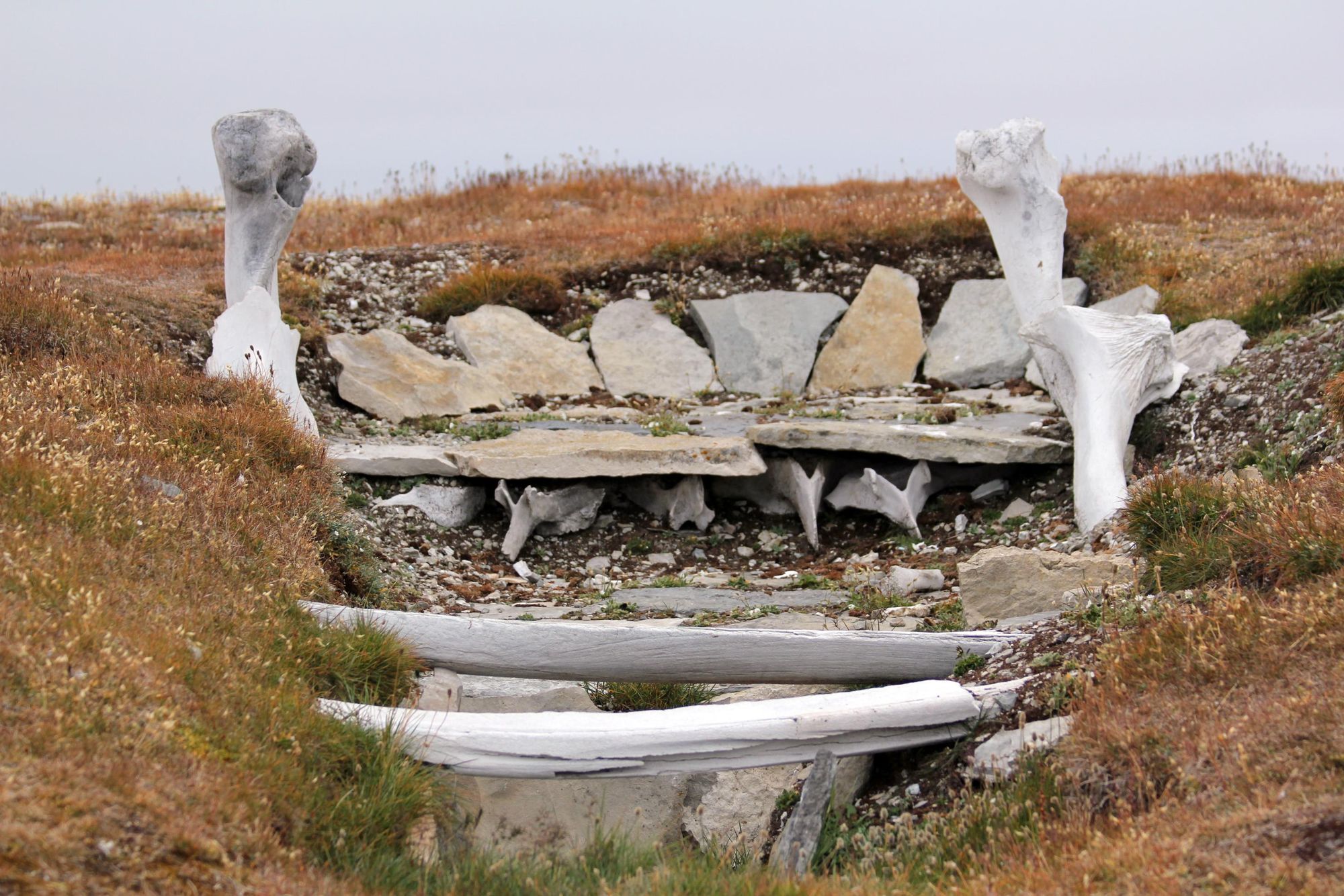
Greenland is cold. Very, very cold. Around 80% of the island is covered with an ice sheet, over two miles thick in some places. The lowest recorded temperature, in 1991, was -69.6°C, (although it’s more common for mean winter temperatures to be around -18°C). But even so, it was inhabited from around 2500 BC by various pre-Inuit immigrants, beginning with the Saqqaq people who migrated from Canada, and ending with the Dorset people (500 BC to between 1000 - 1500 CE).
These pre-Inuits hunted for seals on the sea ice, and musk ox across the tundra. They lived in tented structures during the summer, and heavier stone structures during the winter. Camps would have had a ‘qalgiq’ or communal tent for the elders of the community to gather in. But despite the resilience and ingenuity of the pre-Inuits, they all ultimately disappeared.
These early cultures lived lightly on the land, but they left traces of their presence behind them
This is because of the difficulty of surviving in Greenland’s extreme temperatures, and unreliability of food sources, likely through overhunting. The disappearance of the Dorsets coincided with the arrival of the more militaristic Thule people - from whom modern Greenlandic Inuits are descended - who eliminated the Dorsets through warfare, and could have also brought diseases with them.
These early cultures lived lightly on the land, but they left traces of their presence behind them. The area between Aasivissuit and Nipisat (in central West Greenland) is now a UNESCO designated site - a former Inuit hunting ground which contains the remains of over 4,000 years of history, including large communal winter houses and the remains of 22 summer tent sites.
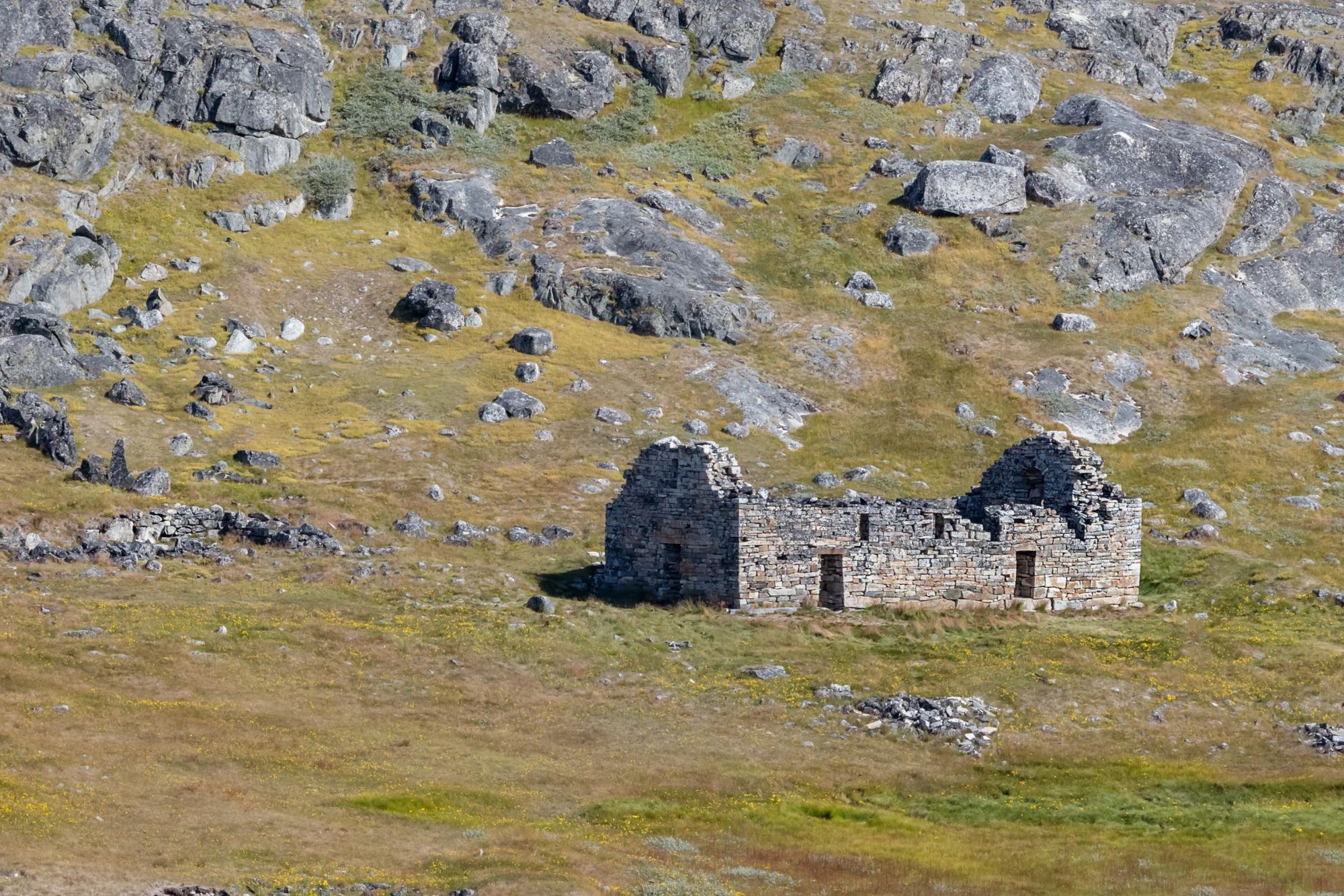
In 982 AD, the first Viking settlers arrived from Norway via Iceland. They settled in Osterbygð, or ‘the eastern settlement,’ in South Greenland. Later, they headed up the west coast and established Vesterbygð, near present-day Nuuk, building stone longhouses which increased in size over the years, with the addition of extra rooms. At their peak, these settlements would have housed around 5,000 people. But by the middle of the 15th century they had all disappeared, leaving their homesteads to face the elements without them.
There is a constellation of reasons why the Vikings disappeared from Greenland. For a start, the Vikings were dependent on trade and supplies from Europe, but the Black Plague (1346 to 1353) killed 200 million Europeans and decimated the Norwegian population - supply ships to Greenland dwindled, and stopped.
This coincided with the Little Ice Age, which occurred from the early 14th to the mid 19th century, meant that summer temperatures in Greenland were six to eight degrees lower than they are today. A recent archaeological study led by Marisa Borreggine has shown that the impact of the Little Ice Age on Greenland was much greater than initially realised, causing significant sea level rise - around 3.3 metres between 1000 to 145oCE.
“There’s been a shift in the narrative away from the idea that the Vikings completely failed to adapt to the environment and toward arguments that they were faced with myriad challenges, ranging from social unrest, economic turmoil, political issues, and environmental change,” Borreggine told The Harvard Gazette.
“The changing landscape would’ve proven to be yet another factor that challenged the Viking way of life. This likely led to a tipping point before they abandoned the settlement.”

It’s possible for modern travellers to Greenland to visit the remnants of the Viking settlements. The best preserved are in South Greenland, in what would have been Osterbygð. You can, for example, look around the ruins of Brattahlíð - the first settler Eric the Red’s homestead - where you’re also able to see a reconstructed Viking longhouse and Tjodhilde's Church, the first Christian church built in North America. Near the modern village of Qaqortoq, you’ll find the well-preserved ruins of Hvalsey Church, which is the site of the last documentation of Viking presence in Greenland - a wedding in 1408.
Modern Ghost Towns
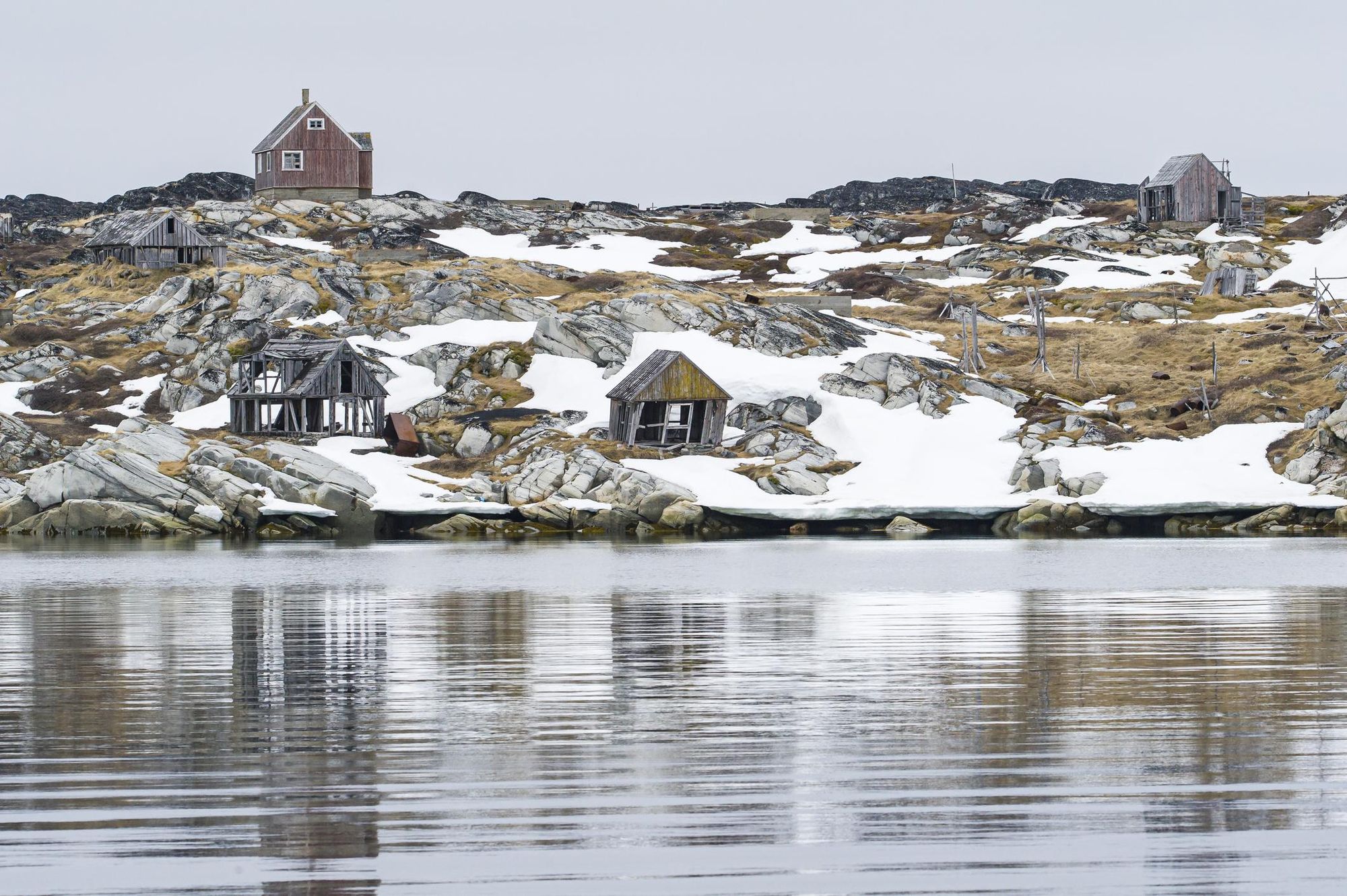
In the early 17th century, Danish-Norwegian explorers reached Greenland again, and laid claim to the island - by 1776 the Danish state had a monopoly on trade to and from Greenland. When Denmark and Norway separated in 1814, Greenland became a Danish colony - it essentially became a resource to be exploited by higher powers. This became particularly apparent when rare minerals and coal seams were discovered. Towns were established next to these resources, and once the resources were exhausted, people moved on in search of better opportunities and the towns were abandoned.
The Danish government shut the mine and forced closure of the town as well, moving the entire population to the mainland
Ivittuut was established in 1854 because the world’s largest reserve of cryolite - a mineral used in the production of aluminium - had been discovered there. During World War II, Ivittuut was protected by American troops so that the Allies could mine cryolite, which was used to manufacture fighter planes. The mine closed in 1987 and the town was abandoned soon after.
Meanwhile, the town of Qullissat was founded by the Danes in 1924, to mine coal in the Disko Bay area. The town was once one of Greenland’s largest with up to 1,400 residents, a school, doctor’s clinic and shops. But in 1972 the Danish government shut the mine and forced closure of the town as well, moving the entire population to the mainland - an experience which is perceived as a collective trauma.
Sadly, Qullissat is not the only example of forced relocation in Greenland. In 1953, under the Constitution of Denmark, Greenlanders became Danish citizens. Denmark began a number of reforms aiming to help modernise the country and address its economic stagnation. In the 1960s they implemented the notorious G60 policy of forced urbanisation, where Greenlanders were made to move from a series of small villages to a few larger towns, such as Nuuk. The aim of this policy was to provide improved, centralised infrastructure, but modern living cut the Inuit population off from their traditions of hunting and fishing, and caused a host of social problems.
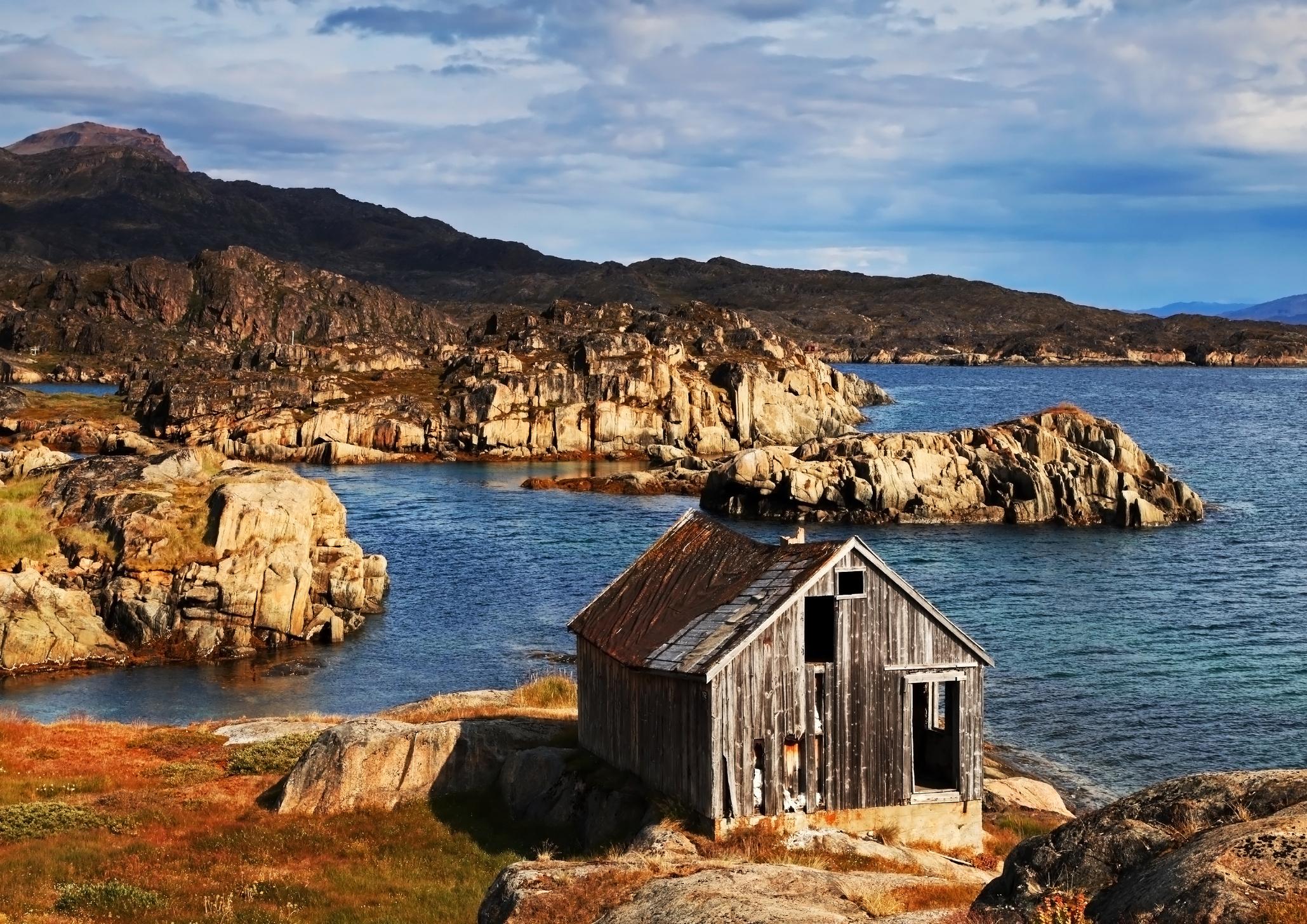
The result of this is that over half of Greenland’s 56,653 strong population lives in the three largest towns (Nuuk, Sisimut and Ilulissat). There are 30 settlements with populations below 100 - they continue to dwindle as young people move to the larger towns to complete their schooling or find better work and romantic prospects.
When a place seems altered beyond recognition and all hope seems lost, it might hold the potential for life of another kind
The abandoned villages of Ataa and Assaqutaq remain as haunting reminders of the G60 policy. In Assaqutaq, the colourful wooden houses are now derelict, their doors gaping open. Hastily painted initials or a set of fading handprints are the only remaining signs of the former inhabitants. The wooden crosses in the graveyard are slowly eroded by the wind.
Regeneration and Sustainable Tourism
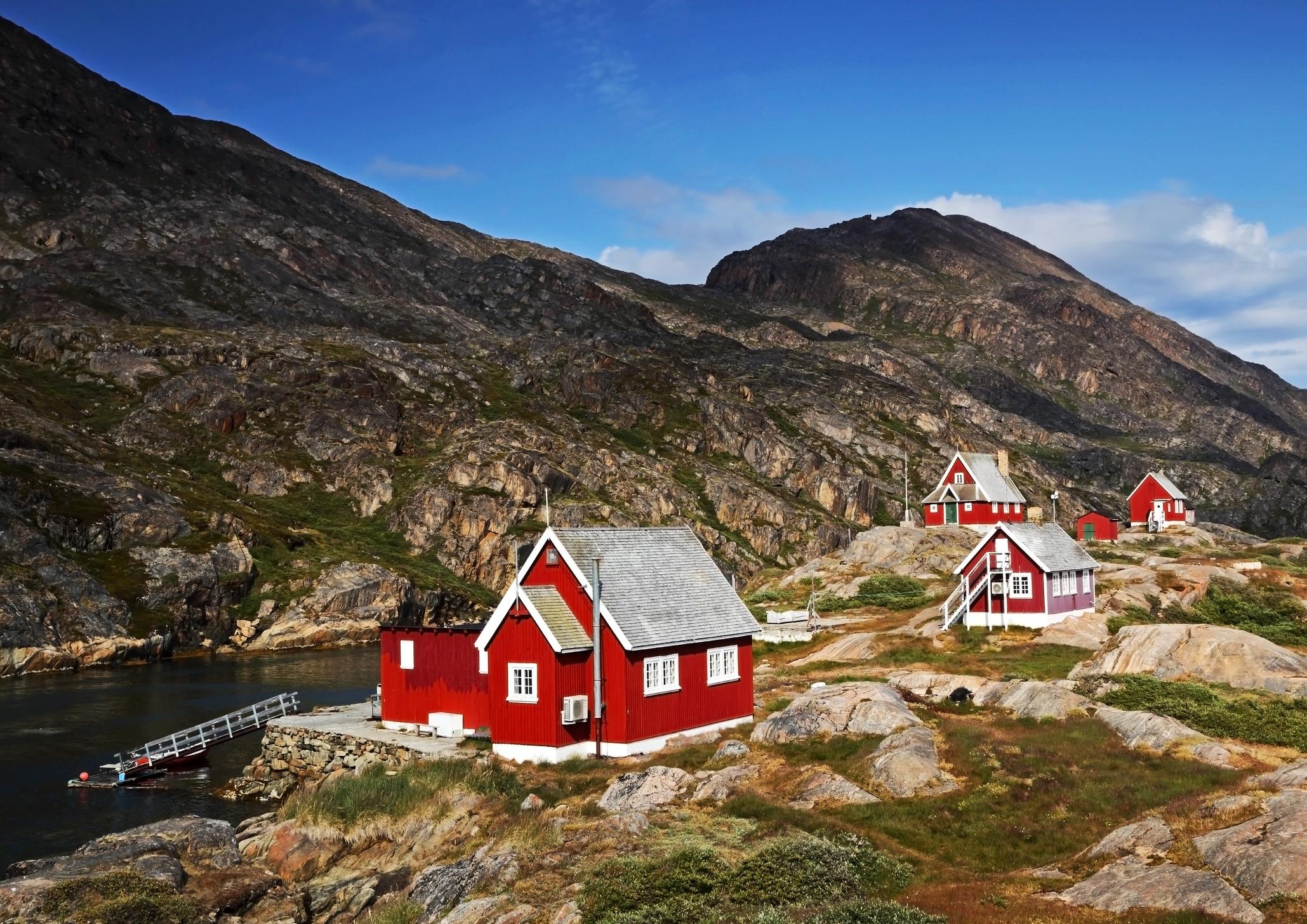
But the story of Greenland’s ghost towns does not end with erasure and loss. As Cal Flyn, author of Islands of Abandonment writes, the story of abandoned places is “a story of redemption […] How, when a place seems altered beyond recognition and all hope seems lost, it might hold the potential for life of another kind.”
Greenland was granted home rule in 1979, and in 2008 Greenlanders voted for the Self-Government Act, which granted further autonomy to the Greenlandic government. Awareness of the cultural importance of Greenland’s abandoned towns and monuments has slowly increased. Greenland now has three UNESCO world heritage sites including the area between Aasivissuit and Nipisat (in central West Greenland) - a former Inuit hunting ground which contains the remains of over 4,000 years of history, including large communal winter houses and the remains of 22 summer tent sites - and the former Viking settlement of Kujataa.
Furthermore, an act passed in 2010 means that the government is legally required to protect Greenland’s cultural monuments, preserving them as a resource for the self-understanding and wellbeing of future generations. The Greenland National Museum now has the responsibility for listing and protecting all immovable ancient monuments (they define ‘ancient’ as pre-1900) from shipwrecks to disused houses, maintaining a protective 20 metre zone around each and every one of them.
Once silent witnesses to the ebb and flow of human existence, they are finding a new purpose - as stepping stones to a future where history and nature coalesce
And what of the villages abandoned in the latter half of the 20th century? They’re now emerging as both tourism destinations and educational settings for locals. In Assaqutaq, several of the buildings have been refurbished to accommodate school and scout groups; Greenlandic hunters and fishermen are often employed to teach the children about these traditional practices. Greenlanders from Nuuk have repainted and repaired several of the abandoned houses in Kangeq. They use them as summer residences, fishing in the water nearby and immersing themselves in nature.
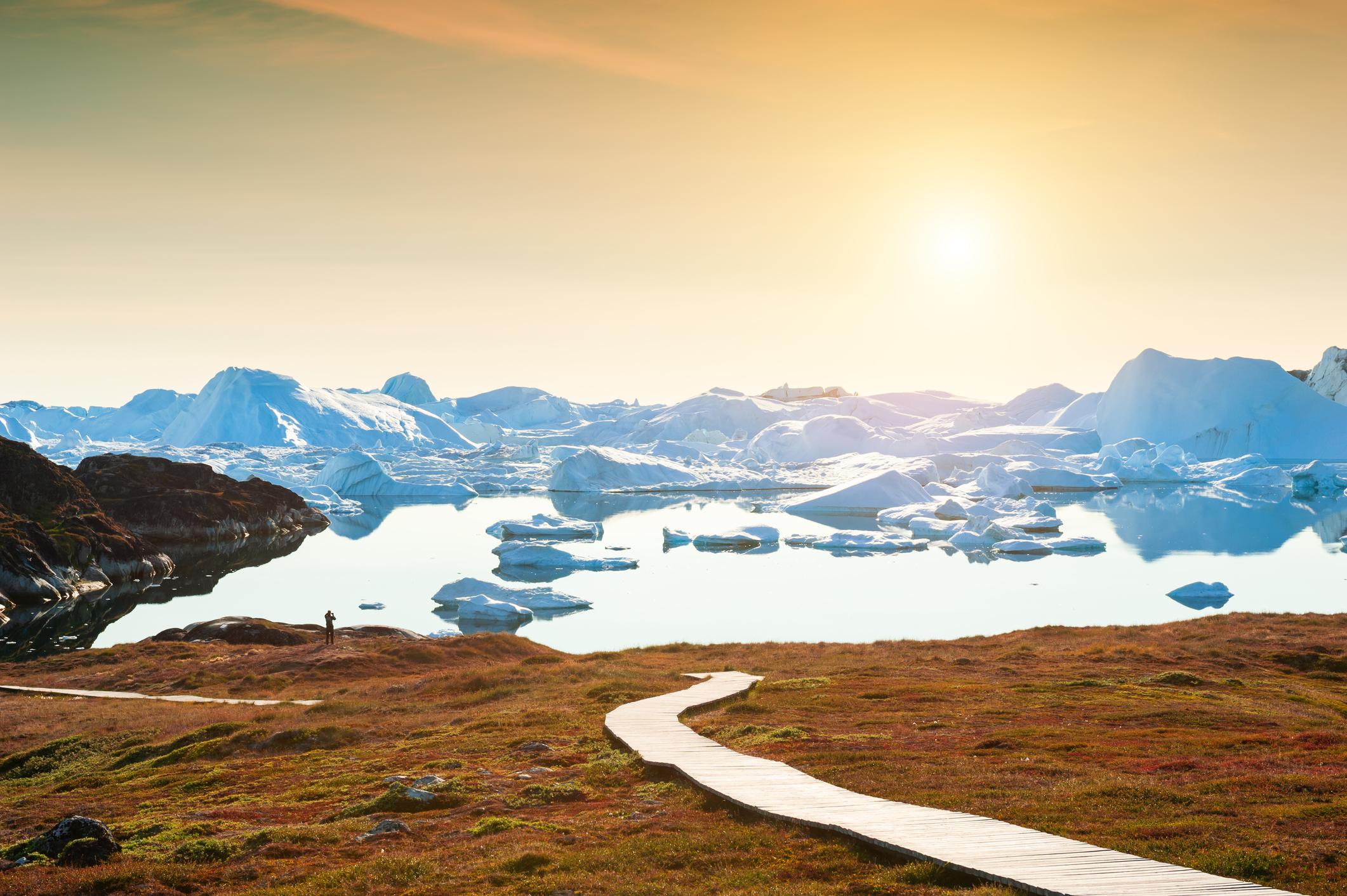
Greenland’s abandoned towns are gaining in popularity as cultural heritage tourism sites. Considering most settlements are only accessible by boat, visiting these sites is an adventure in itself; gliding along silent fjords, past large icebergs and low lying granite islands. Upon arrival, visitors are able to both explore the ghost towns and hike in the surrounding landscape, experiencing an immersive blend of nature and culture. One example of this is the hike to the ancient Inuit settlement of Sermermiut, where you can follow the trail along a boardwalk that faces out onto the otherworldly landscape of the Ilulissat Icefjord.
In short, Greenland’s ghost towns are no longer abandoned. Once silent witnesses to the ebb and flow of human existence, they are finding a new purpose - as stepping stones to a future where history and nature coalesce. From the ancient Inuit hunting grounds to the Viking settlements, and the more recent echoes of forced relocations, each site tells a story that refuses to be forgotten. So, as you embark on a boat journey through the glassy fjords and step onto the frozen shores, remember that within the silence of abandonment lies the potential for a vibrant, living history - one continuing to evolve with Greenland itself.
Inspired? Check out our epic 100km Expedition in Greenland


